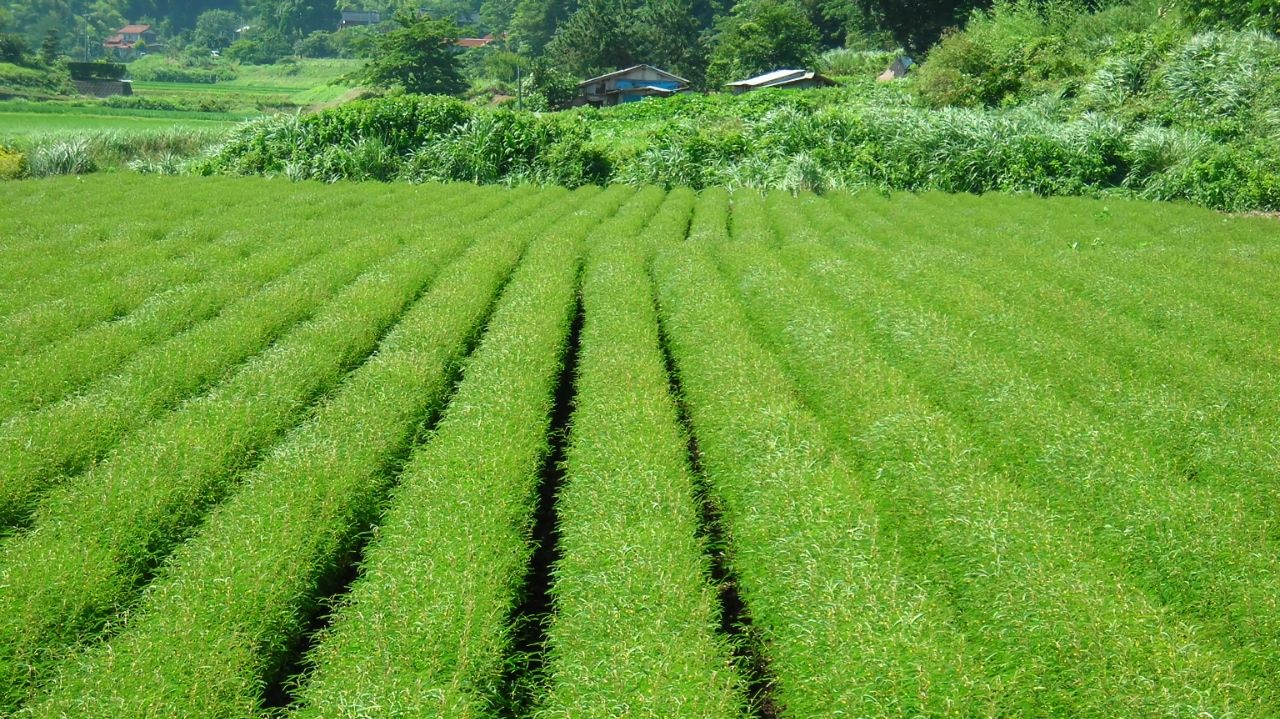October 2024 - Zaracha from Shimane
For October, Tomotcha takes you to Tsuwano (津和野) in the Shimane Prefecture (島根県) for a cup of Zaracha (ざら茶).

Photo courtesy of the tea producer.
Zaracha: An Ancient Tradition for Modern Well-being
Zaracha is a traditional Japanese drink that has been consumed since the Edo period (江戸時代), especially in the Iwami region (石見国) in western Shimane Prefecture (島根県). It is made from the kawaraketsumei (河原決明) plant, a legume whose stems, leaves, flowers, and pods are dried and roasted. Its mild, slightly smoky flavor is reminiscent of Hōjicha tea (ほうじ茶). This relaxing drink is easy to prepare and was historically enjoyed by all social classes in Japan.

Shop/Café of the Zaracha producer in Tsuwano (Shimane).
This infusion is known for its health benefits. Rich in anthraquinones and flavonoids, it helps reduce fat absorption and maintain low cholesterol levels. It is also beneficial for digestion and helps fight constipation. Additionally, it helps regulate blood pressure thanks to its antioxidant and anti-inflammatory properties.
Even today, Zaracha remains a prized detox drink, especially in the town of Tsuwano (津和野市), where it is served daily. Easy to integrate into your daily routine, it combines delightful flavors with health benefits, offering a sensory escape to traditional Japan.

Izumo-Taisha Shrine.
Shimane and Izumo-Taisha: Cradle of Shinto Myths
Shimane, located on Japan's western coast, is a prefecture rich in history, traditions, and stunning natural landscapes. Less touristy than other regions, it is home to iconic sites, including the Izumo-Taisha Shrine (出雲大社), one of the oldest and most sacred in Japan. I had the chance to visit Izumo-Taisha last summer, and I was struck by the impressive size of its buildings and the solemn atmosphere. The shrine is dedicated to Ōkuninushi (大国主), the deity of marriage and human connections, and it draws many pilgrims every year, especially during the month of Kamiarizuki (神在月), when Shinto deities are said to gather here.
Compared to Ise Grand Shrine (伊勢神宮), which is dedicated to Amaterasu, the sun goddess, Izumo-Taisha stands out for its connection to myths of creation and human relationships. While Ise is closely tied to the imperial family and the cyclical renewal of its structures, Izumo-Taisha embodies the spiritual heritage of Japan's founding gods. Both shrines, though different in their roles, are cornerstones of Shintoism.

Photo courtesy of the tea producer.
How to Prepare Zaracha
The amount of tea should be adjusted based on your desired flavor: about three tablespoons (8 grams) of Zaracha for 260ml (9oz) of water. Let it steep for about 2 or 3 minutes in water at 90-100°C (195-210°F).
Zaracha can also be prepared in larger quantities. Add a handful of Zaracha to 2 liters of boiling water and leave it on the heat for 3 or 4 minutes. In summer, Zaracha can be enjoyed chilled.
If you have any questions about Japanese tea, feel free to contact us!
